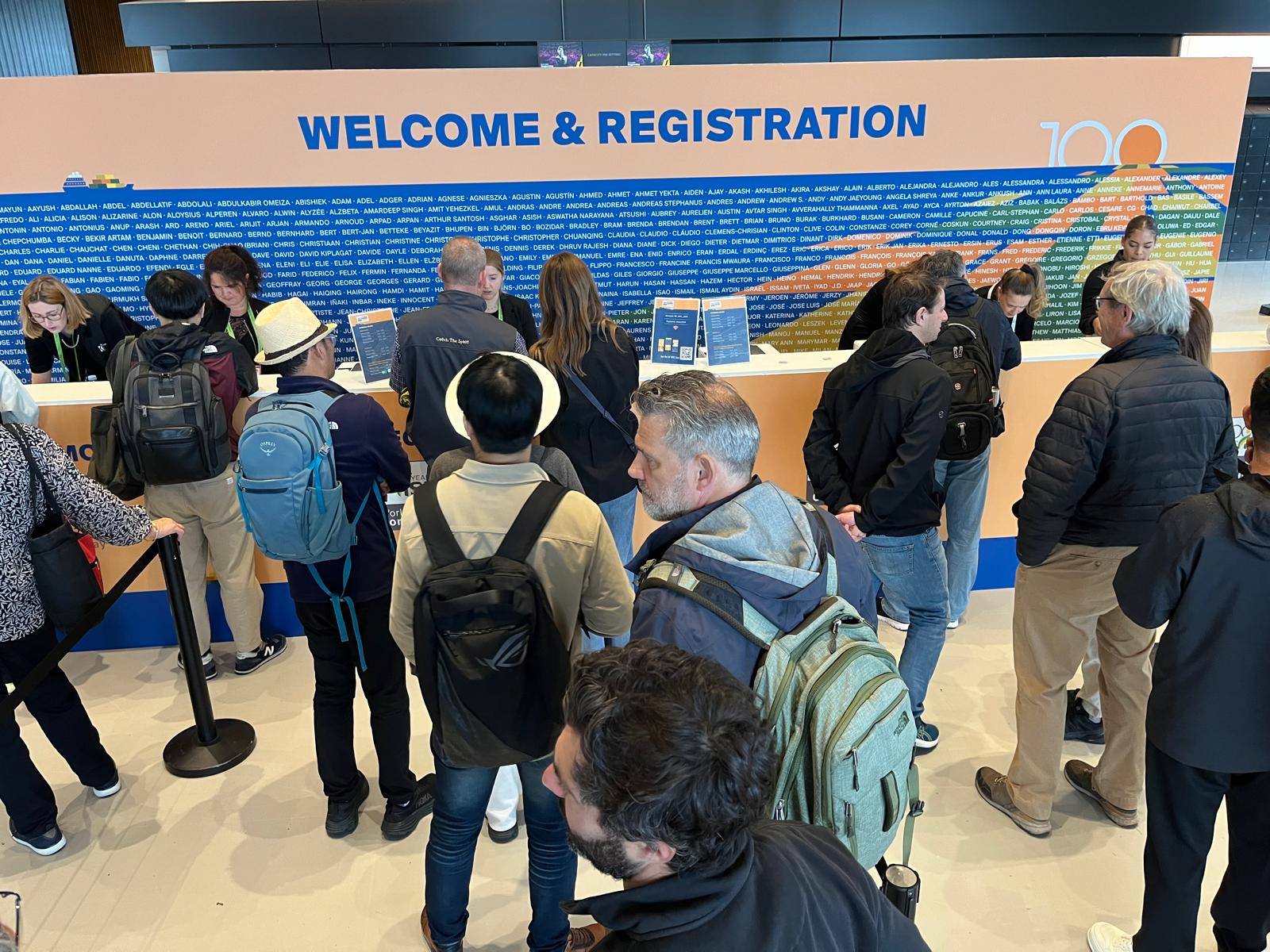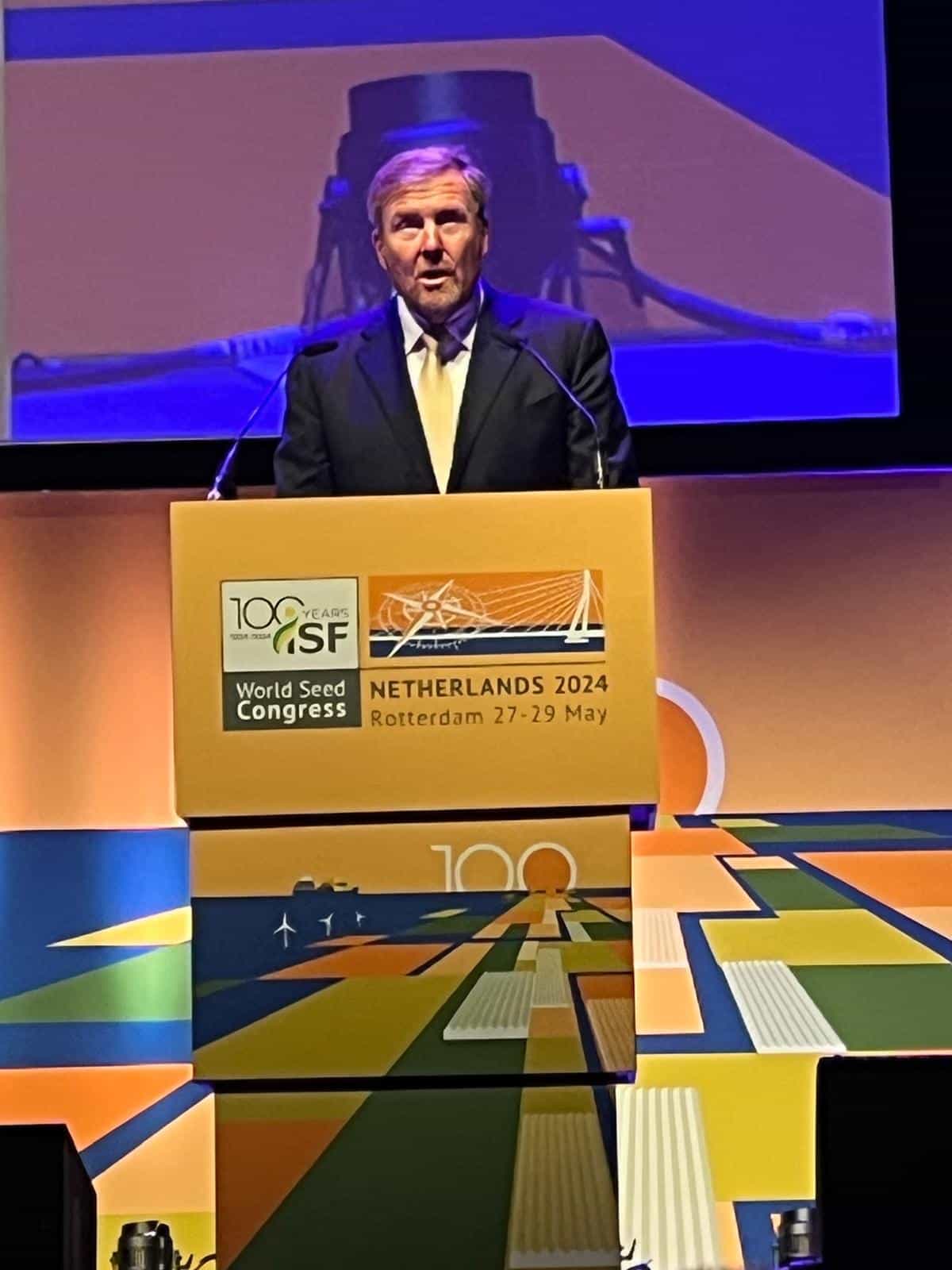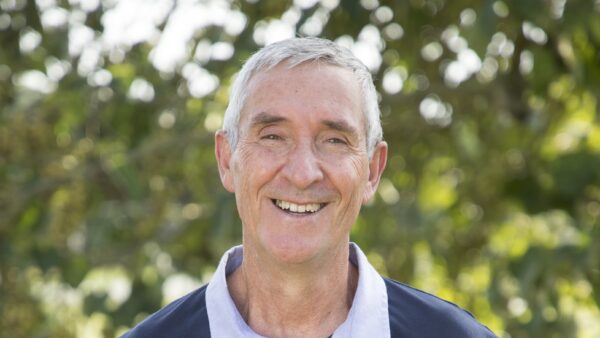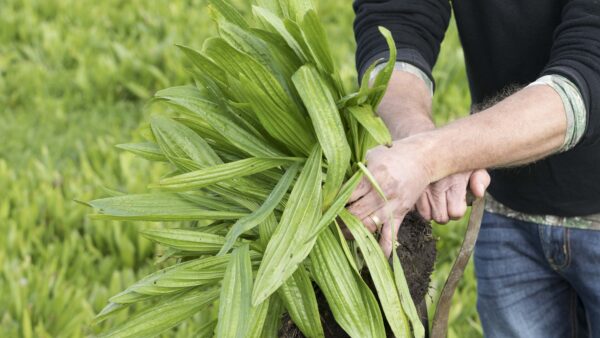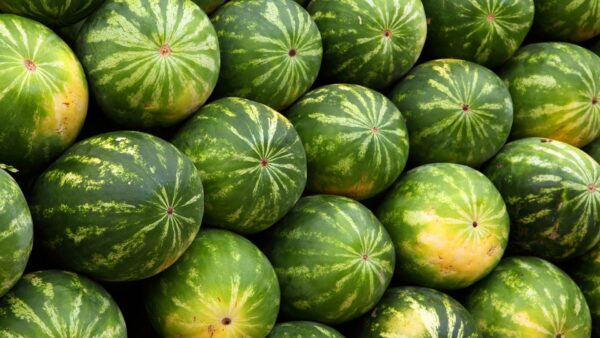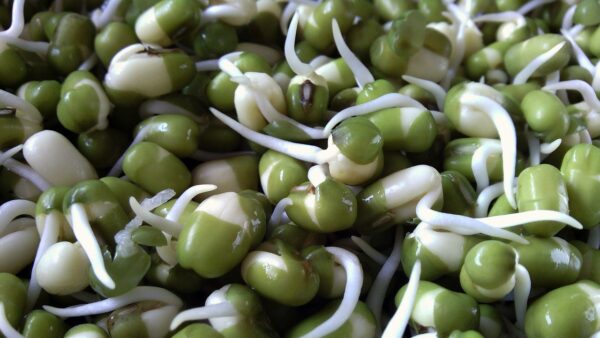Opening the 8th World Congress on Conservation Agriculture, the Director-General of the Food and Agriculture Organization of the United Nations (FAO), QU Dongyu, urged for new solutions and smarter ways to produce more food with less, and stressed that without a healthy environment, there are no healthy foods.
The three-day virtual Congress, followed by two-day field demonstrations in Bern, Switzerland, is organized by the European Conservation Agriculture Federation (ECAF) and SWISS NO-TILL with the technical support of FAO. Its theme is: The Future of Farming: Profitable and Sustainable Farming with Conservation Agriculture.
“To produce more with less requires us to be truly innovative and environmentally thoughtful,” underlined Qu in his welcome and opening remarks. “FAO is supporting its Members in achieving this delicate balance based on local conditions and priorities. This includes Conservation Agriculture, integrated with other good agronomic practices, to prevent soil erosion, and promote biodiversity, biological interactions and efficient natural resource management.”
Conservation Agriculture (CA) is a farming system that promotes minimum soil disturbance (i.e. no tillage), maintenance of a permanent soil cover, and diversification of plant species. CA’s main benefits include: making the food production system sustainable, and soils healthier; enhancing biodiversity on top and under the soil; carbon sequestration; increased yields; and reduced production costs, time and labour.
During the past 40 years, the world has lost a third of its arable land, about 430 million hectares, due to unsustainable agricultural practices. CA can prevent further losses of cropland while regenerating degraded lands.
Speaking about global challenges, Qu asserted that a key challenge was meeting the growing demand for food, while reducing the pressure on natural resources and ecosystems.
“We see disturbingly high rates of food loss and waste, air pollution, greenhouse gas emissions, the loss of biodiversity, and resulting inequality. We urgently need to do things differently and act holistically to transform our agri-food systems,” said Qu.
The FAO Director-General stressed in this respect the need for greater engagement with the private sector to leverage innovations and technological advances in agriculture, and greater use and promotion of digital applications and technologies.
Qu gave as an example that encompasses close collaboration with the private sector, innovation and the application of digital technologies, FAO’s flagship Hand-in-Hand Initiative. So far, thirty-nine FAO Members have joined the Initiative, which, supported by a geospatial platform, accelerates agricultural transformation and sustainable rural development toeradicate poverty (SDG 1) and end hunger and all forms of malnutrition (SDG2).
Qu spoke alongside the Chair of the Congress, Gottlieb Basch, President, ECAF; Janusz Wojciechowski, the European Commissioner for Agriculture, EU; Virginijus Sinkevičius, the European Commissioner for Environment, Oceans and Fisheries, EU; Norbert Lins, Chair, Agriculture and Rural Development Committee, European Parliament; Christoph Ammann, Member of the Government of the Canton of Bern and Minister for Economic Affairs, Energy and the Environment; Christian Hofer, Director, Swiss Federal Office for Agriculture; and heads or representatives of development partners and farmers networks, such as the World Bank, Asian Development Bank, International Fund for Agricultural Development, International Maize and Wheat Improvement Center, Global Farmer Network, and the Intergovernmental Panel on Climate Change. Full list here.
Billing CA as a smart investment and a game changer for people and nature, speakers at the opening session of the Congress extolled the vital role CA can play in supporting better food production and transforming current agri-food systems to make them more sustainable, nature-friendly and resilient in the face of climate change and other crises; urged for a faster scale-up of CA practices; underlined the importance of placing farmers at the centre of the agri-food systems’ transformation, and providing them with incentives to adopt CA practices; and called for greater collaboration, more comprehensive research on the benefits of CA, and more science and evidence-based agricultural solutions.
FAO and the power of CA
Currently CA is practiced by farmers in almost 80 countries on over 200 million hectares that makes about 15 percent of annual cropland globally. Most of the farmers benefitting from CA are smallholders; 50 percent of areas adopting CA practices are in developing countries.
FAO provides technical support on the adoption and promotion of CA principles and practices to many Members. This includes designing strategies and policies that provide incentives for farmers to adopt CA systems and invest in sustainable agricultural mechanization; training farmers and service providers on CA principles and sustainable mechanization; implementing location-specific practices and identifying suitable crops to improve production systems that are resilient to the effects of climate change; increasing agricultural production by implementing CA in support of national food and nutrition security-linked priorities.
For instance, with support from FAO and other partners, Kazakhstan is in the top ten countries with the largest area using CA practices.
Elsewhere, FAO is working with CIMMYT and the Africa Conservation Tillage Network (ACT) to promote CA in Africa; and established a close cooperation with the Conservation Tillage Research Centre at China Agricultural University, and a strong partnership on the adoption and promotion of CA with the European Conservation Agriculture Federation (ECAF).
On Wednesday, 23 June, during a special session of the 8th World Congress of Conservation Agriculture, FAO will unveill a new publication – Agri-hire in sub-Saharan Africa: business models for investing in sustainable mechanization – that compares five private sector-driven business models for agri-hire services.
Source: FAO



